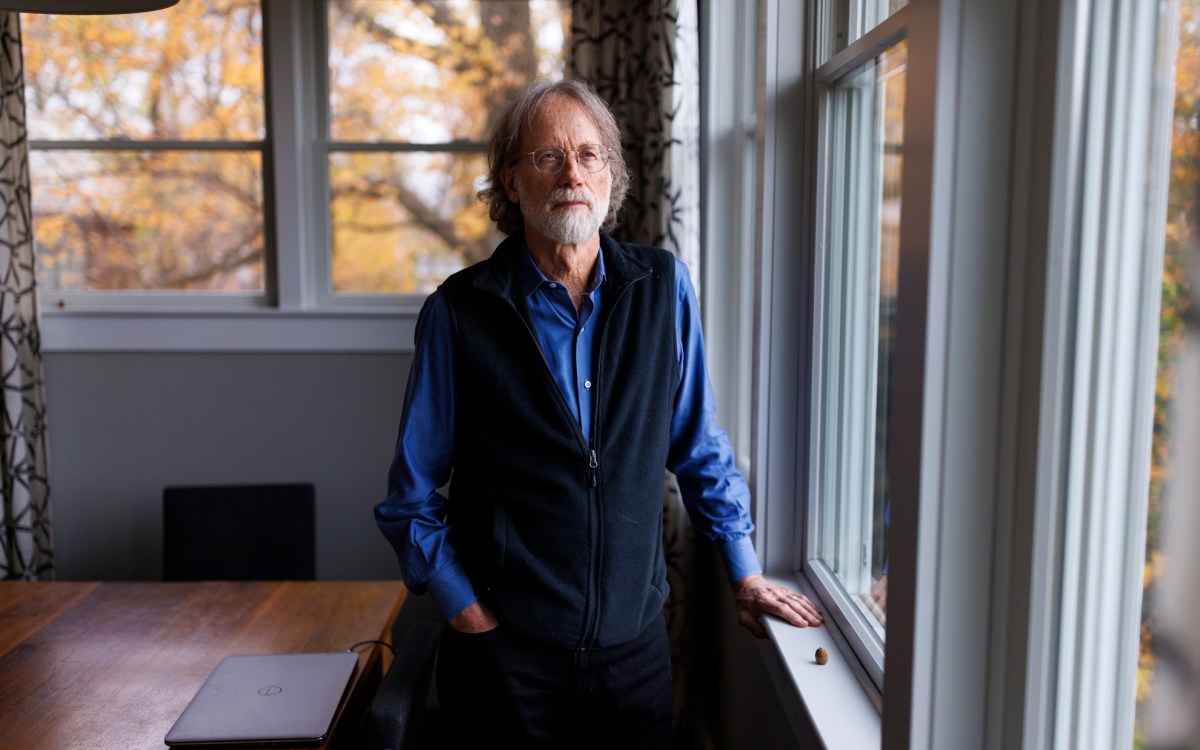Science & Tech
-

Mapping our deep-rooted relationship with medicinal plants
Regions with longer histories of human settlement tend to have greater variety, study finds
-
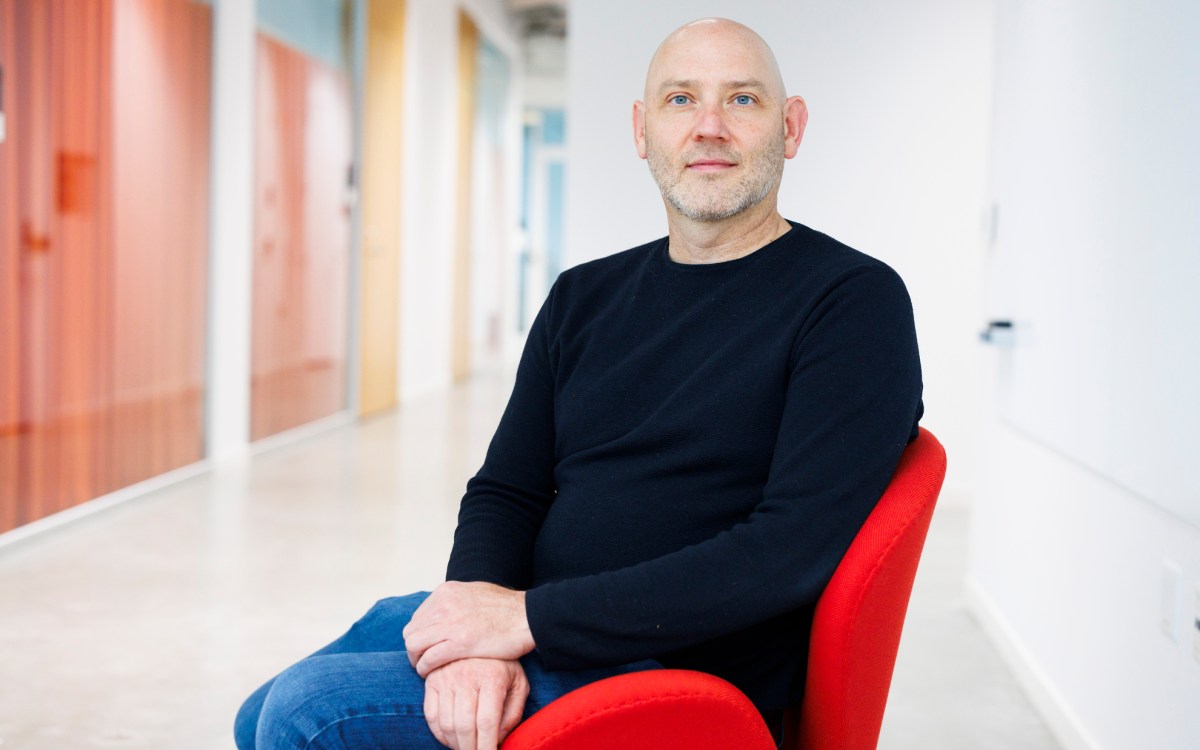
Technically, it’s possible. Ethically, it’s complicated.
Surge in AI use heightens demand for Harvard program that examines social consequences of computer science work
-
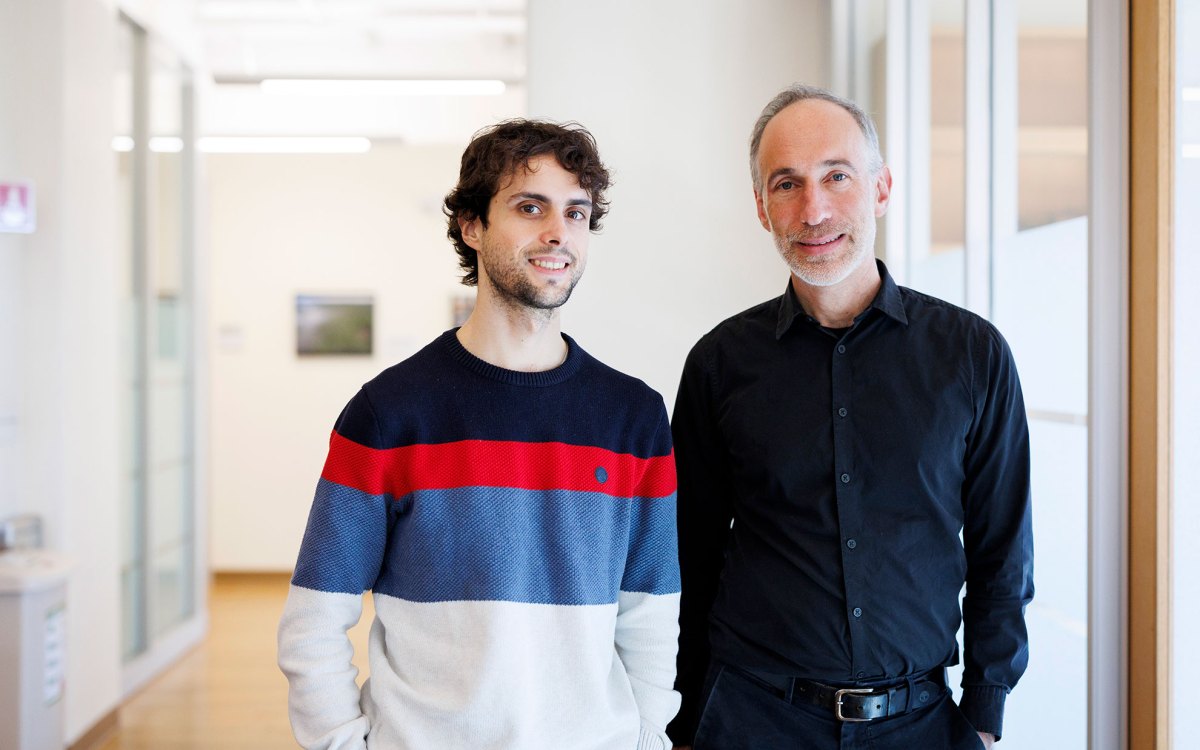
Solving mystery at tip of South America
Study finds previously unknown ancient lineage of indigenous people, which gave rise to surprisingly diverse mix of cultures

-
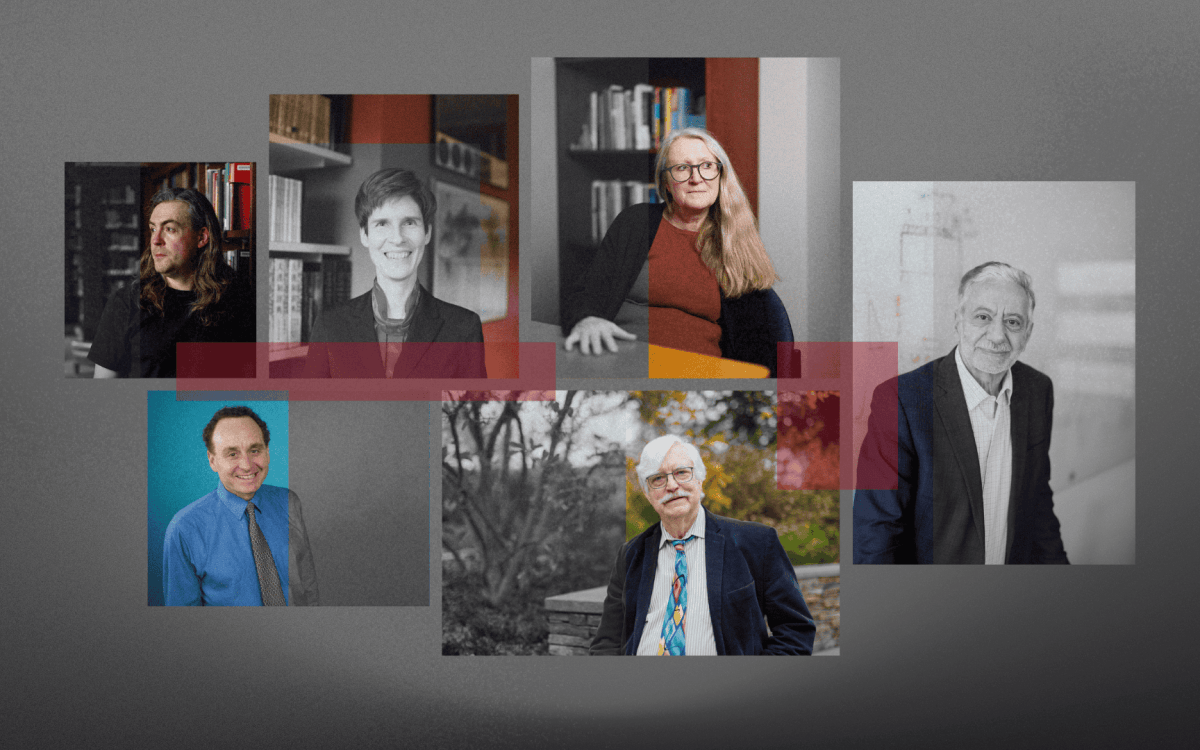
Is AI dulling our minds?
Experts weigh in on whether tech poses threat to critical thinking, pointing to cautionary tales in use of other cognitive labor tools
-

A potential quantum leap
Harvard physicists unveil system to solve long-standing barrier to new generation of supercomputers

-
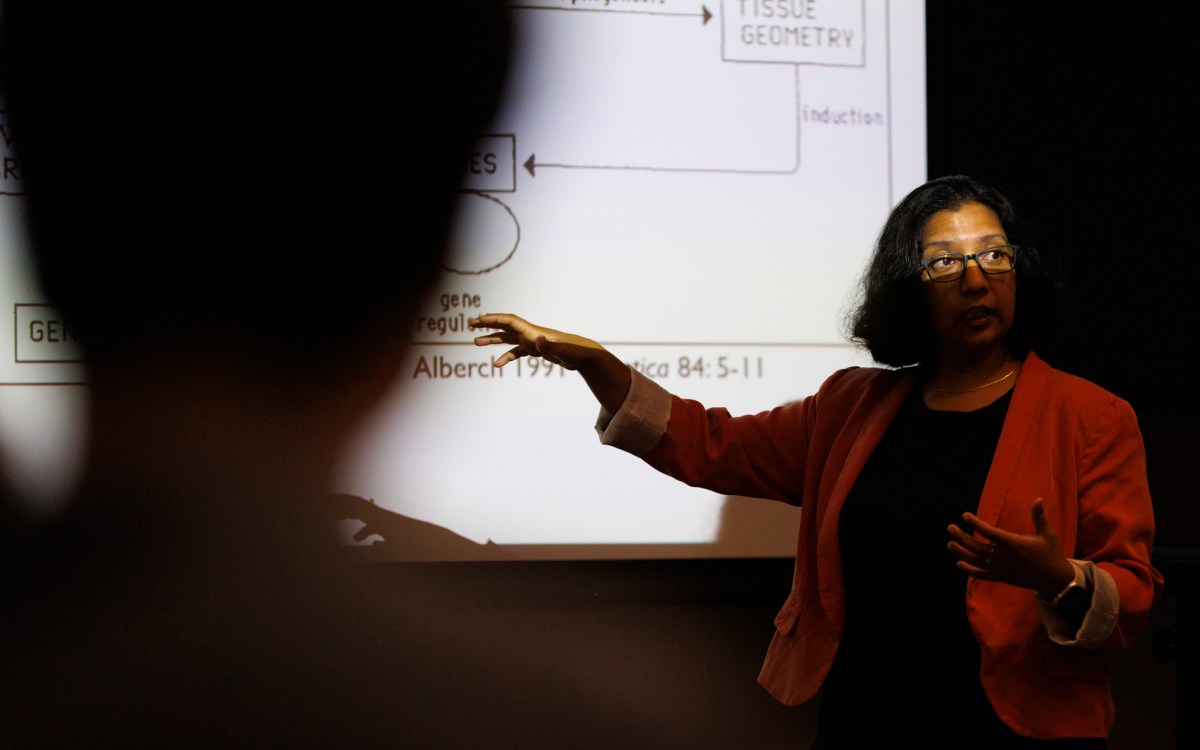
No one knows the answer, and that’s the point
‘Genuinely Hard Problems’ pilots novel approach to scientific education
-
To tackle climate change, share burden — and benefits
Steps to limit climate change require not only scientific advances but social and policy changes that spread the benefits of alternative energy sources, professor Daniel M. Kammen said in Radcliffe lecture.
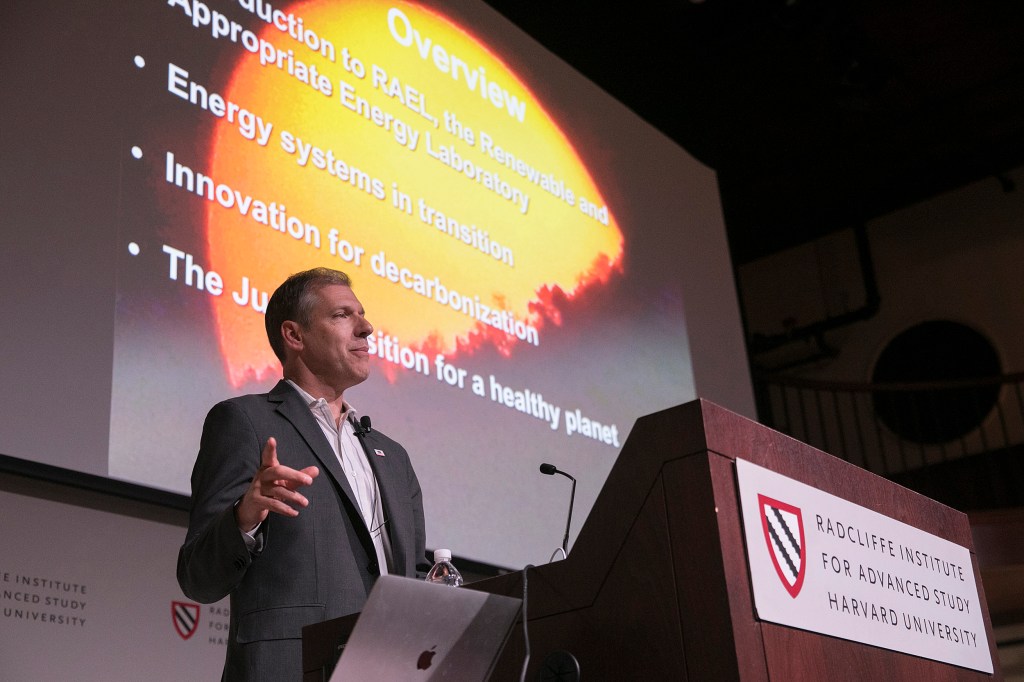
-
How violence pointed to virtue
Richard Wrangham’s new book examines the strange relationship between good and evil.
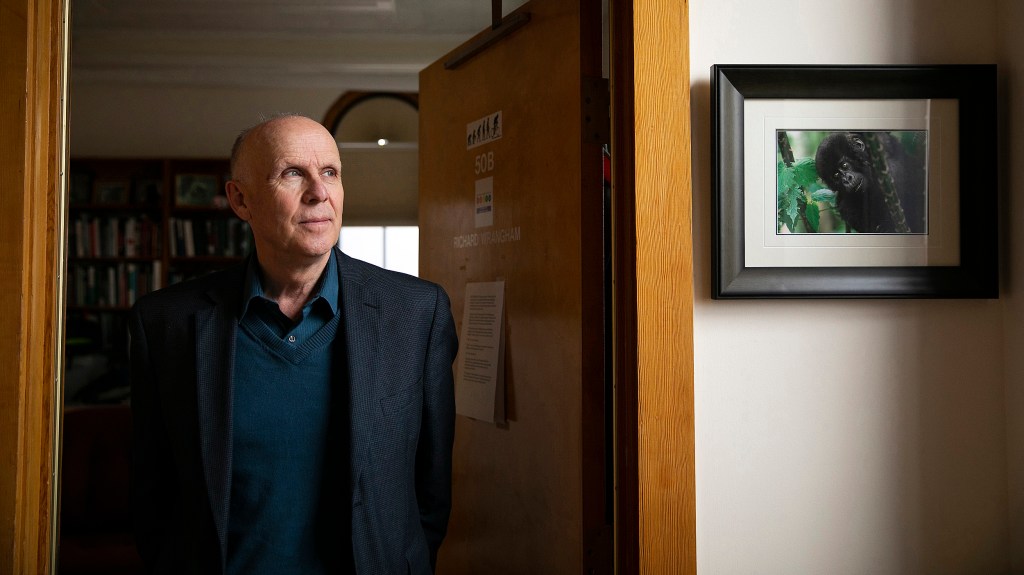
-
Embedding ethics in computer science curriculum
Computer science students examine issues such as privacy, censorship, and fake news in courses co-designed by philosophy professors as Harvard works to embed ethics in the curriculum, creating a national model.
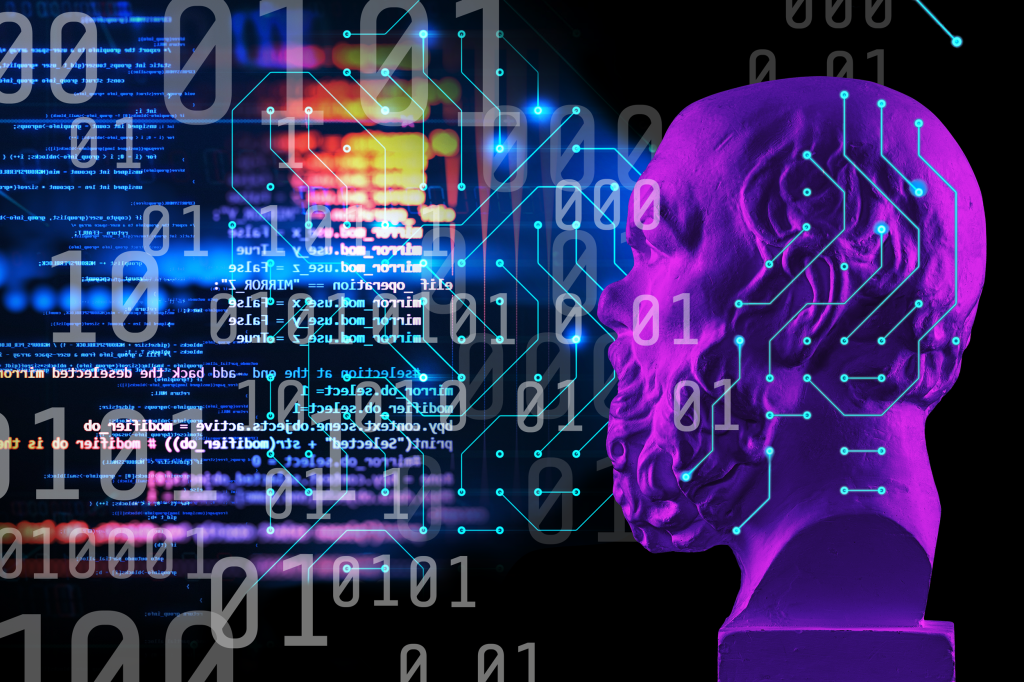
-
Radcliffe scholar tracks squirrels in search of memory gains
Radcliffe Fellow Lucia Jacobs hopes to gain insights on human memory from her work with squirrels.

-
Clues of heart disease found in 16th-century mummies
CT scans reveal evidence of atherosclerosis in 16th-century mummies from Greenland. The mummies were of particular interest due to their diet, which relied on fish — commonly touted as a heart-healthy diet.
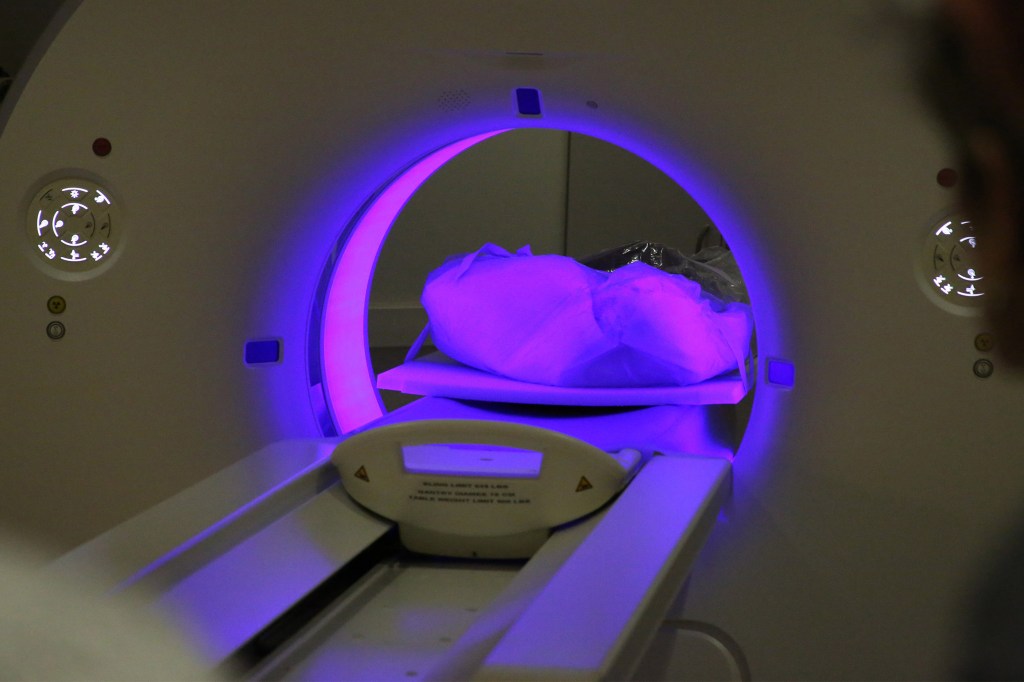
-
Science at the speed of ‘light-sheet’
Combining two recently developed technologies — expansion microscopy and lattice light-sheet microscopy — researchers have developed a method that yields high-resolution visualizations of large volumes of brain tissue, at speeds roughly 1,000 times faster than other methods.
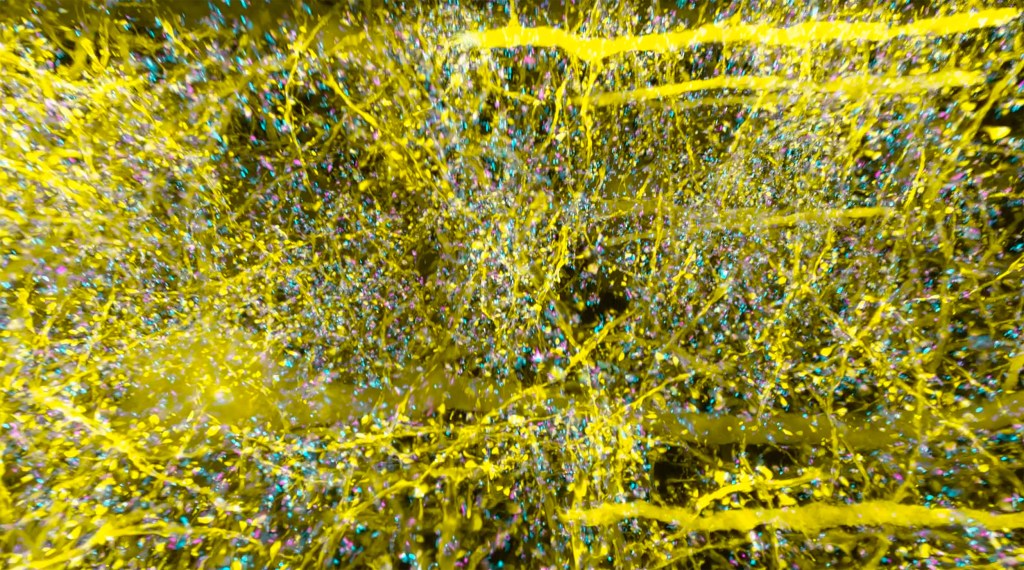
-
Workshops explore data and computational science
Two Harvard events on data and computational science showcase the breadth of data experts and help meet the demand for training in the field.
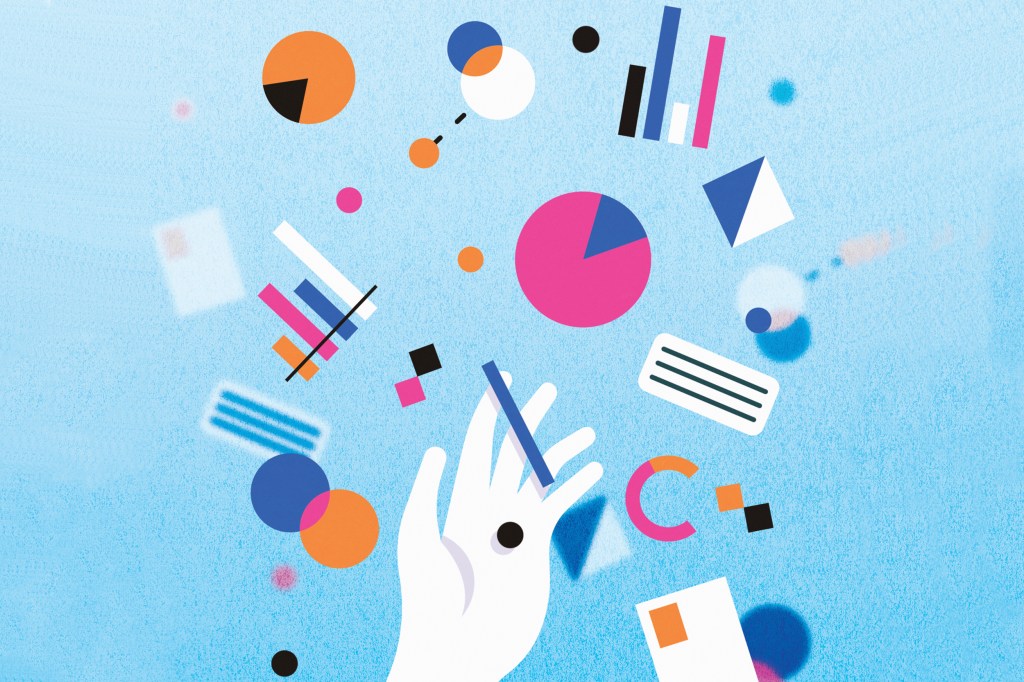
-
A growing role as a living lab
Harvard’s Arnold Arboretum is a critical destination for researchers such as Andrew Groover, who finds every species he needs within its 281 acres.

-
Perspectives on gene editing
Harvard researchers, others share their views on key issues in the field

-
Stepping inside a dead star
An astronomical team uses detailed data to create a virtual reality experience of being inside an exploded star.

-
Robots with sticky feet can go where humans can’t
Researchers have created a micro-robot whose electroadhesive foot pads allow it to climb on vertical and upside-down conductive surfaces, such as the inside walls of a jet engine. Groups of micro-robots could one day be used to inspect complicated machinery and detect safety issues sooner, while reducing maintenance costs.
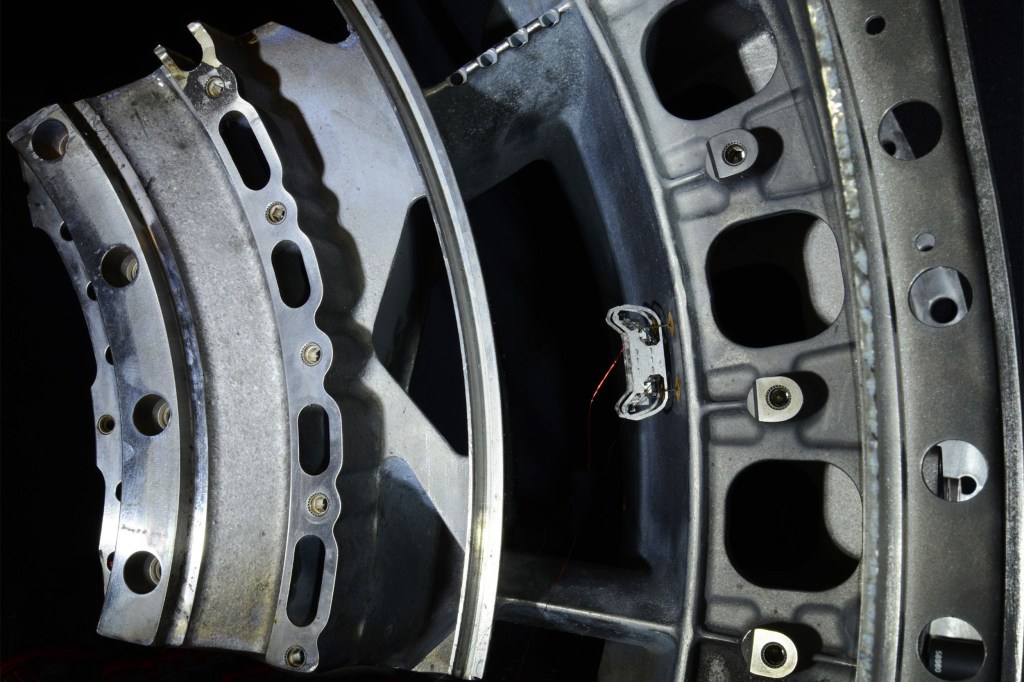
-
Size a concern when replacing heart valves
Getting the perfect-size artificial heart valve without ever actually looking at the patient’s heart was a challenge … until now. Researchers at the Wyss at Harvard University have created a 3-D printing workflow that allows cardiologists to evaluate how different valve sizes will interact with each patient’s unique anatomy
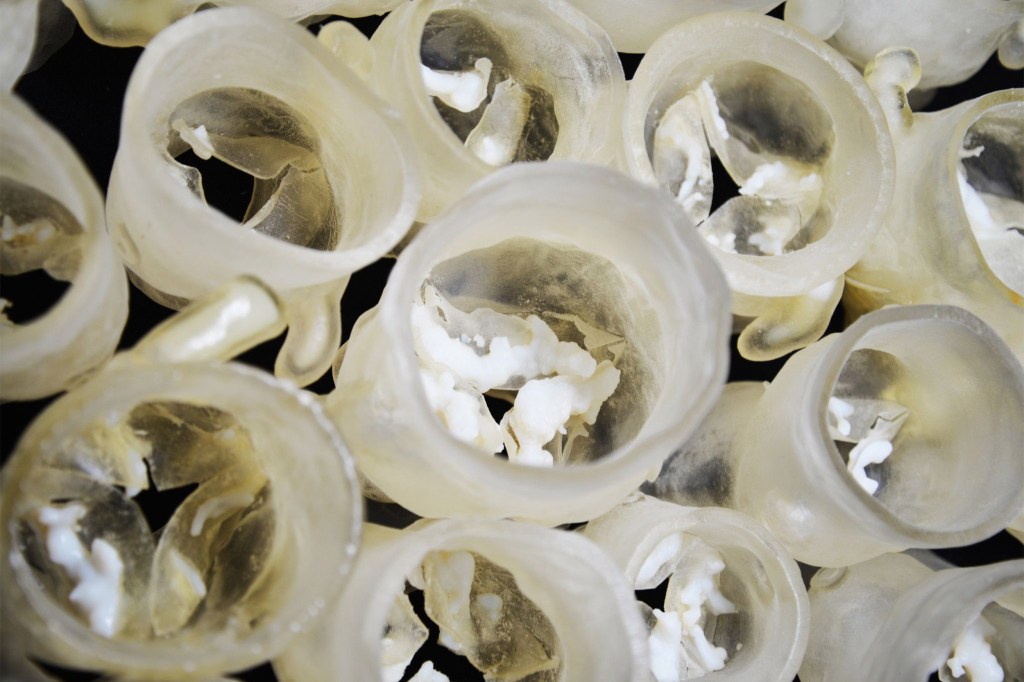
-
Life, with another ingredient
In a paper published in PNAS, Jack W. Szostak, professor of chemistry and chemical biology at Harvard, along with graduate student Seohyun (Chris) Kim, suggest that RNA could have started with a different set of nucleotide bases. In place of guanine, RNA could have relied on a surrogate, inosine.
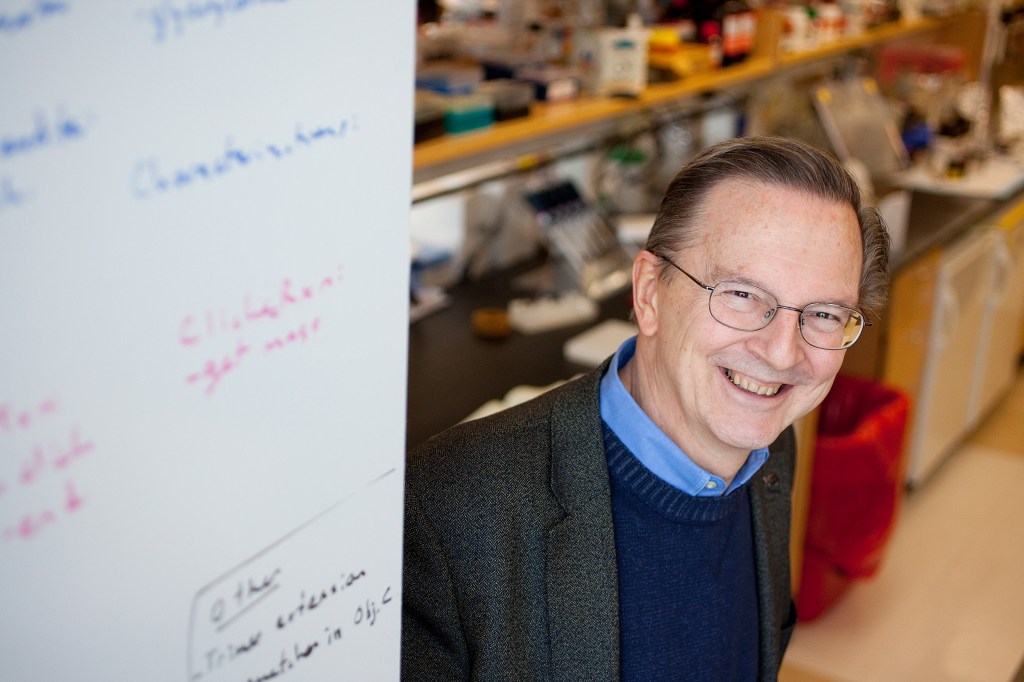
-
Replacing hard parts in soft robots
Harvard scientists have created a soft valve that could replace “hard” valves and lead to the creation of entirely soft robots. The valve’s structure can also be used to produce unique, oscillatory behavior.
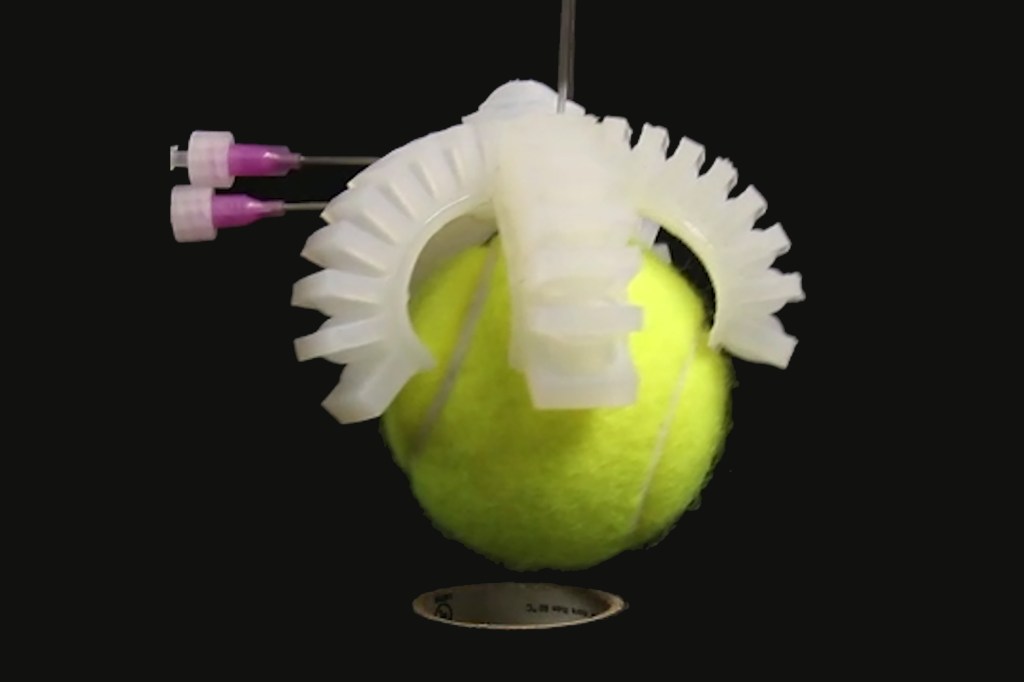
-
Reading teeth
By examining the teeth of Neanderthal infants, a team of researchers was able to glean insight into nursing and weaning behavior as well as winter and summer cycles. The study even found evidence that the Neanderthals had been exposed to lead — the earliest such exposure ever recorded in any human ancestor.
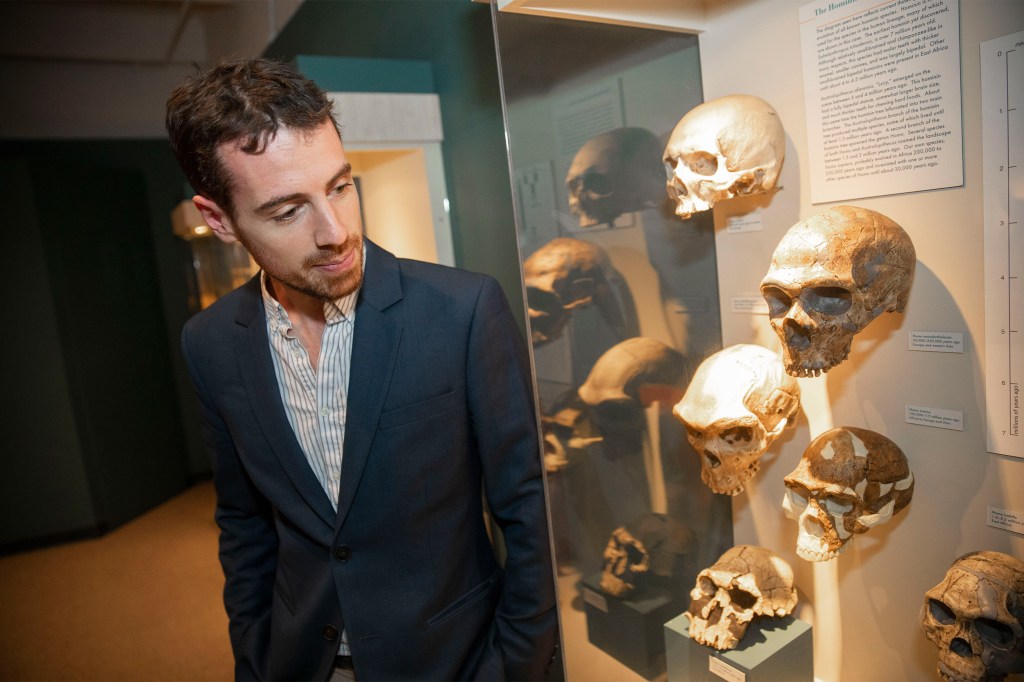
-
How mammals grew diverse
Using a detailed, musculoskeletal model of an echidna forelimb, Harvard scientists are not only shedding light on how the little-studied echidna’s forelimbs work, but also opening a window into understanding how extinct mammals might have used those limbs.
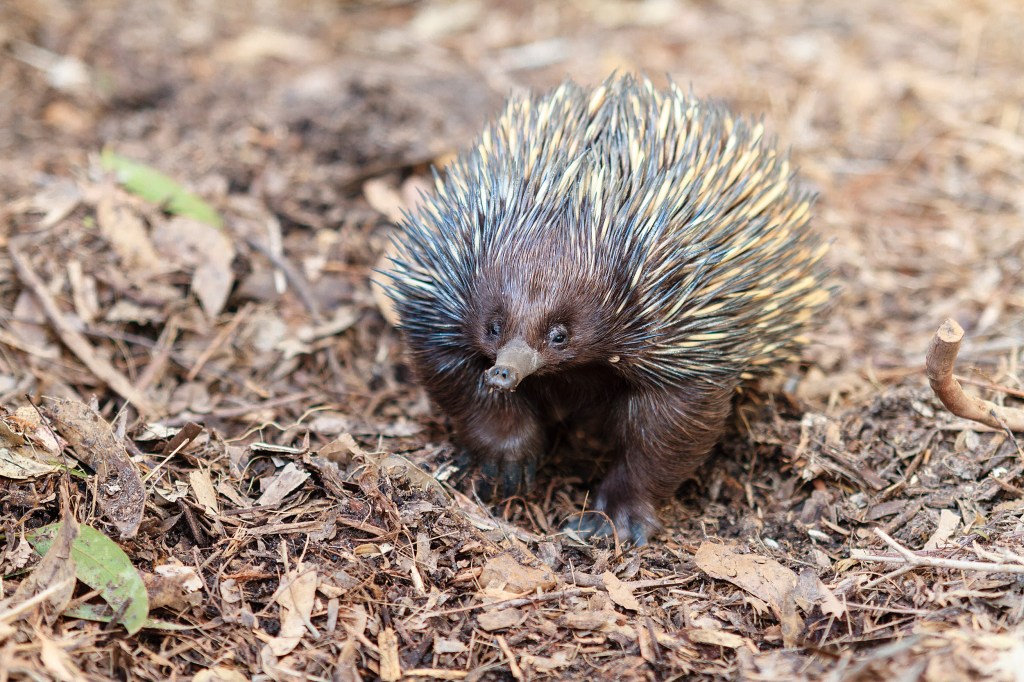
-
Shining a light on quantum bits
A Ph.D. student working in the lab of Professor Mikhail Lukin, co-director of the Quantum Science and Engineering Initiative, has demonstrated a method for engineering an interaction between two qubits using photons.

-
Picturing early Mars
Professor Robin Wordsworth explains why the just-announced landing site for the 2020 Mars rover mission has a lot to offer SEAS researchers.
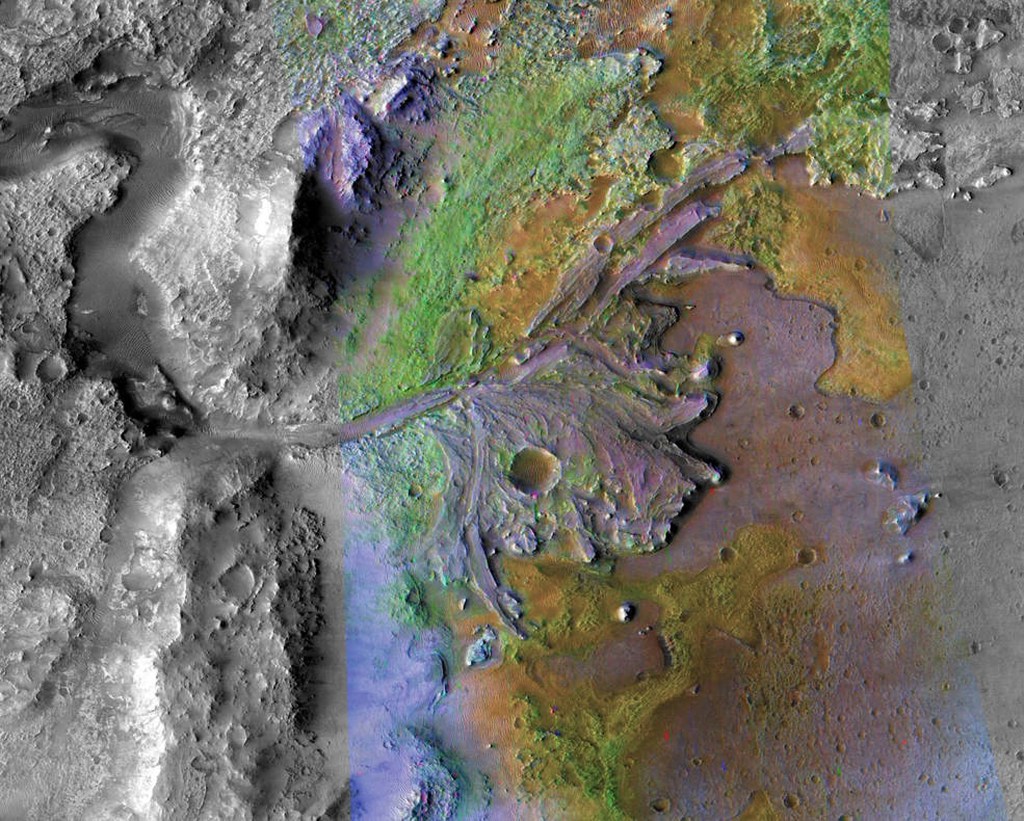
-
Yeasts get a boost from solar power
Harvard researchers have started to combine bacteria with semiconductor technology that, similar to solar panels on a roof, harvests energy from light and, when coupled to the microbes’ surface, boosts their biosynthetic potential.
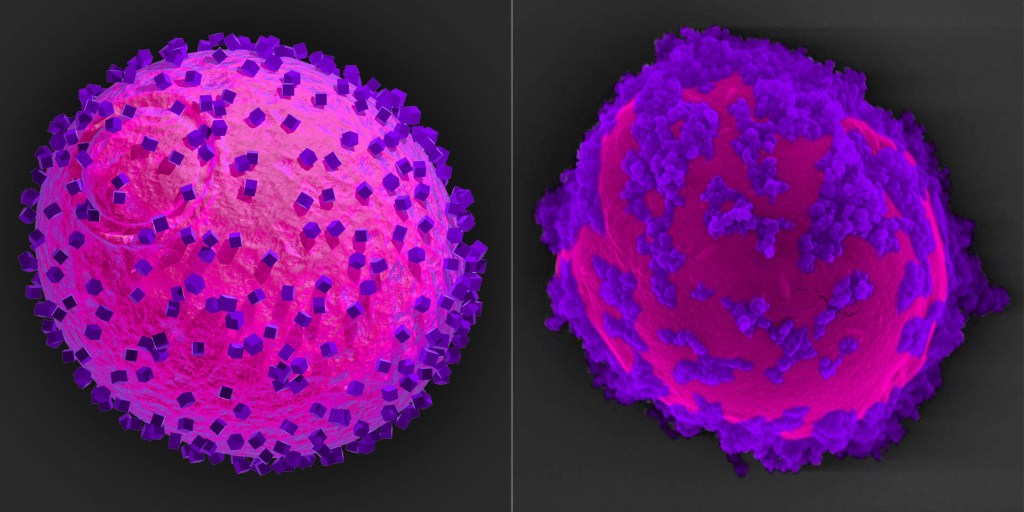
-
Cultivating a wider role for women scientists
A tiny seed has already changed the careers of the Arnold Arboretum’s Tiffany Enzenbacher and Kea Woodruff, and it may one day bear fruit in an example of flora rescued from extinction— and a growing space for women in science.

-
Critical collections
Harvard researchers contribute to the preservation of museum specimens, marking the collections’ importance in a special journal released Nov. 19.
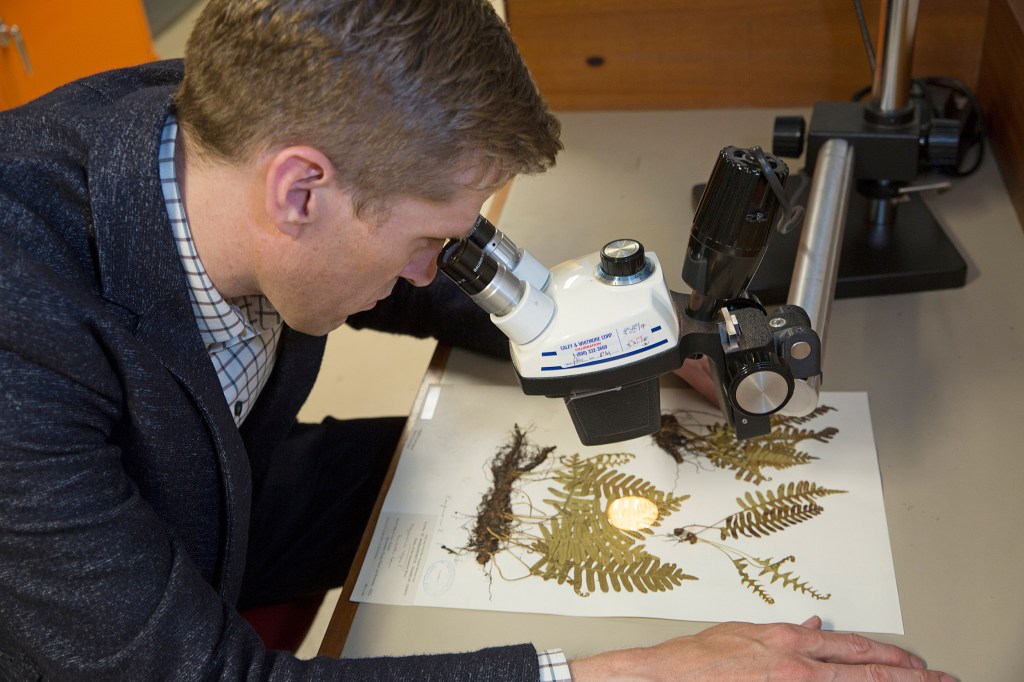
-
Something weird this way comes
A paper by Harvard researchers wonders whether the interstellar object known as “‘Oumuamua” is a visitor from an alien civilization.
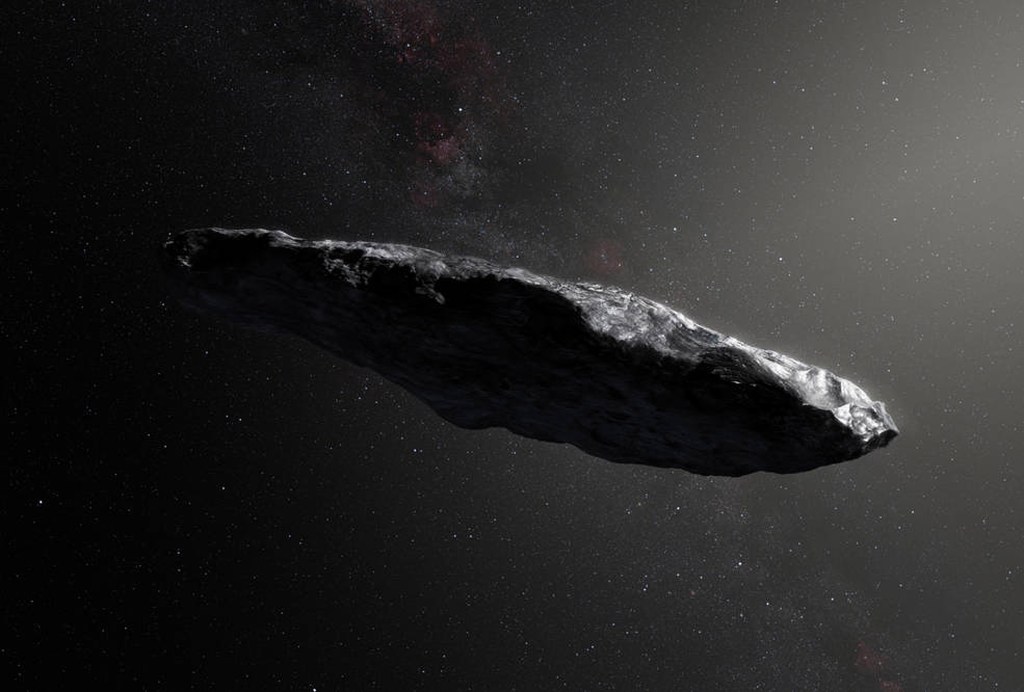
-
Fish teeth mark periods of evolution
Based on close examination of thousands of fossilized fish teeth, a Harvard researcher found that, while the asteroid impact that killed off the dinosaurs did lead to the extinction of some fish species, it also set the stage for two periods of rapid evolution among marine life.
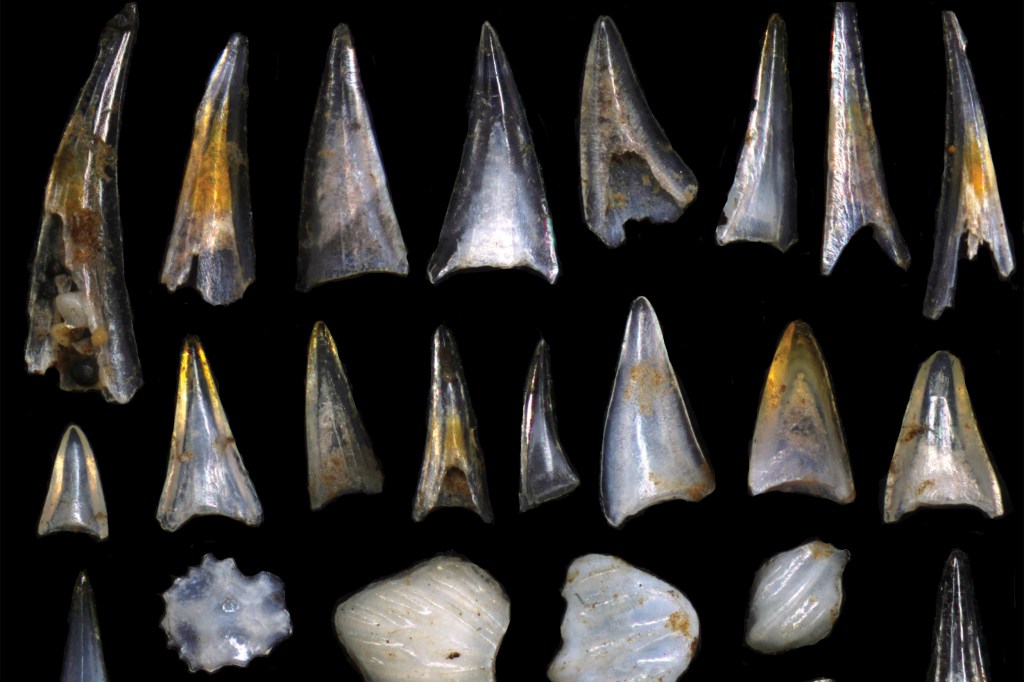
-
Bees on the brink
Using an innovative robotic platform to observe bees’ behavior, Harvard researchers showed that, following exposure to a commonly used class of pesticides, bees spent less time nursing larvae and were less social than other bees.
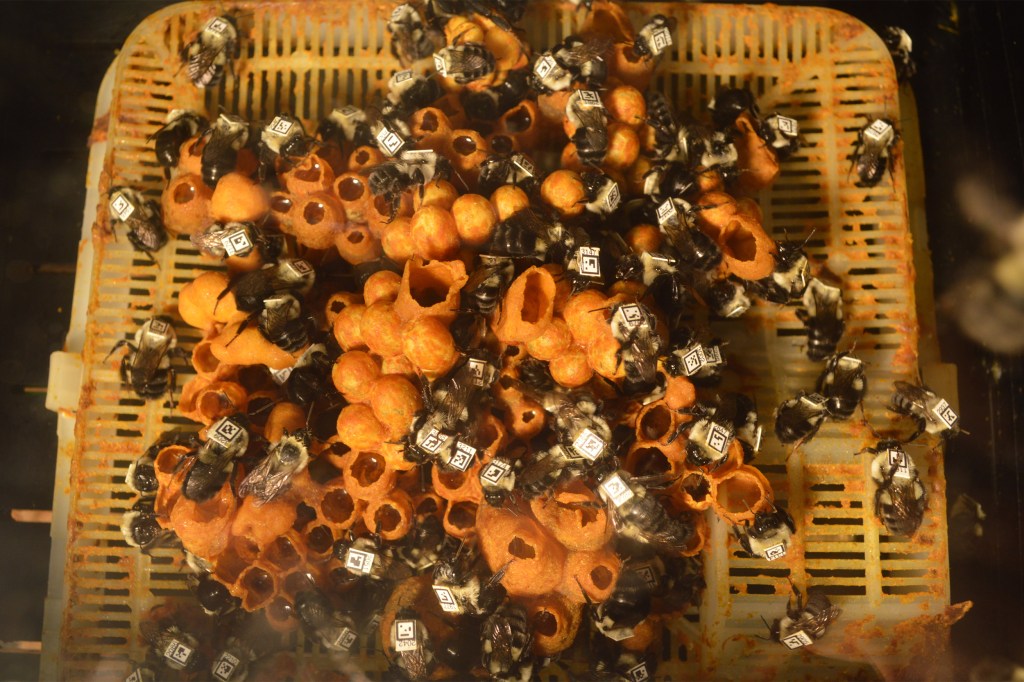
-
Harvard’s quantum leap
By pairing quantum science exploration with solution-driven quantum engineering the new Harvard Quantum Initiative, aims to raise the bar across higher education, industry, and government research to progress quantum science and engineering and educate the future workforce.
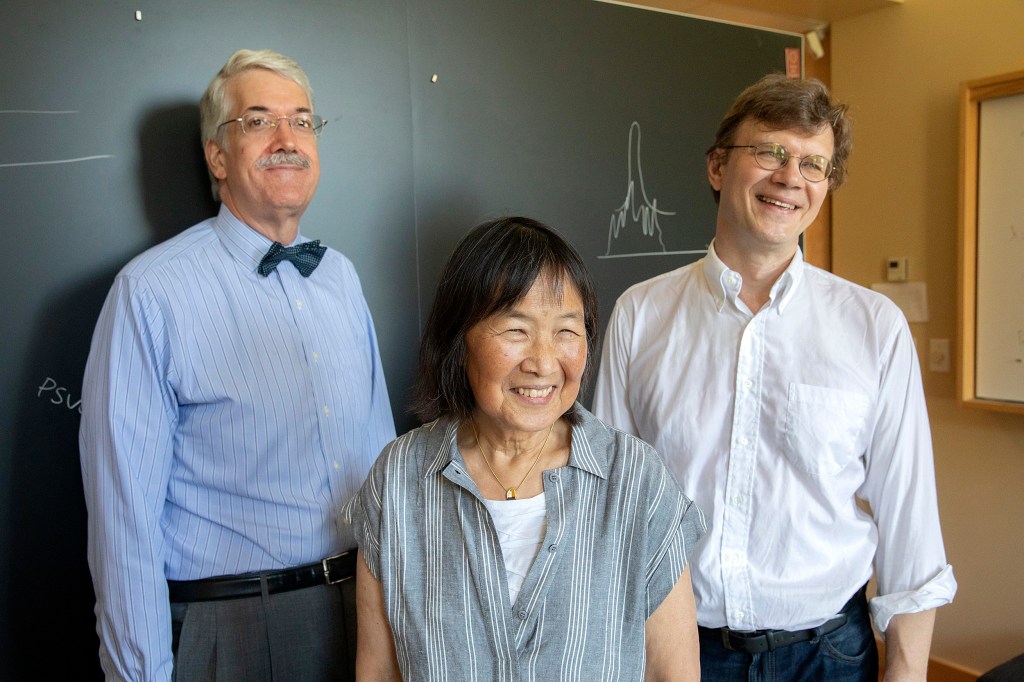
-
Filtering liquids with liquids
Liquid-gated membranes filter nanoclay particles out of water with twofold higher efficiency and nearly threefold longer time to foul, and reduce the pressure required for filtration over conventional membranes.
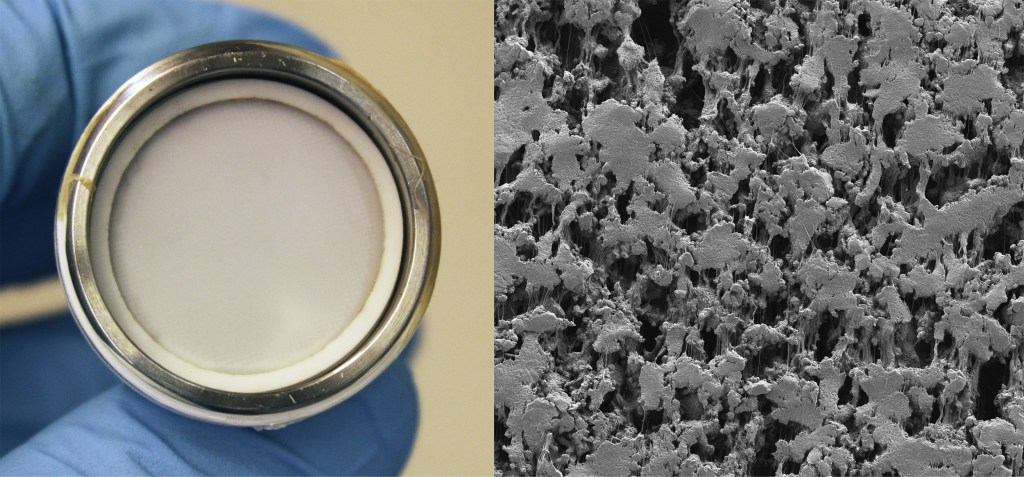
-
Turning tide on greenhouse gases
Emissions from power plants and heavy industry, rather than spewing into the atmosphere, could be captured and chemically transformed from greenhouse gases like carbon dioxide into industrial fuels or chemicals thanks to a system developed by Harvard researchers.
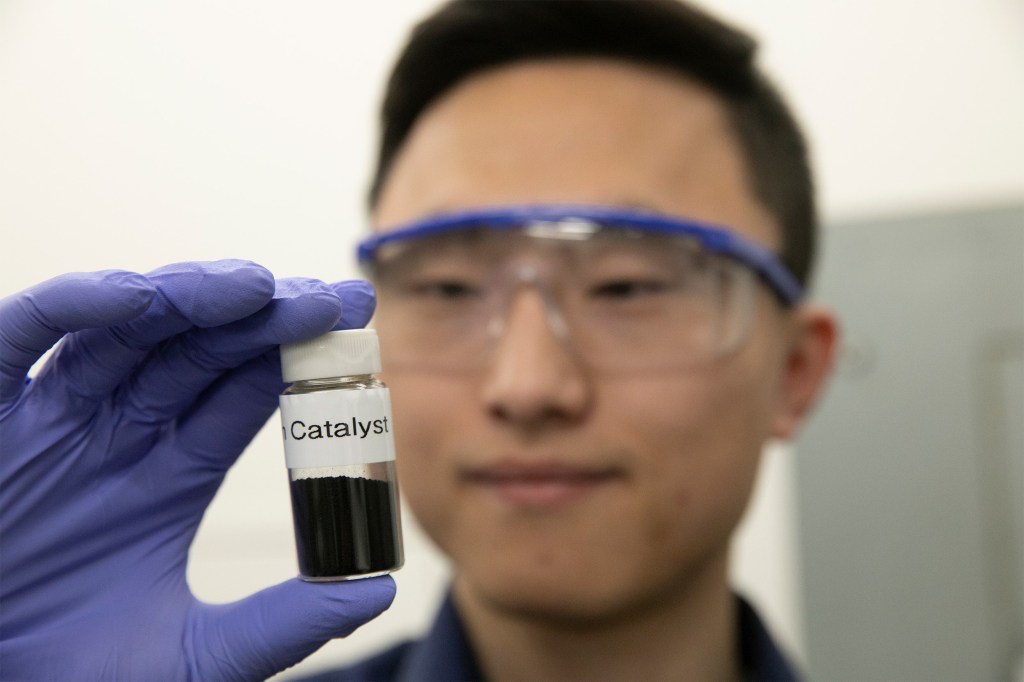
-
Seeing cell membranes in new light
Harvard’s Adam Cohen is the lead author of a new study that challenges conventional theories about the fluid nature of cell membranes and how they react to tension.
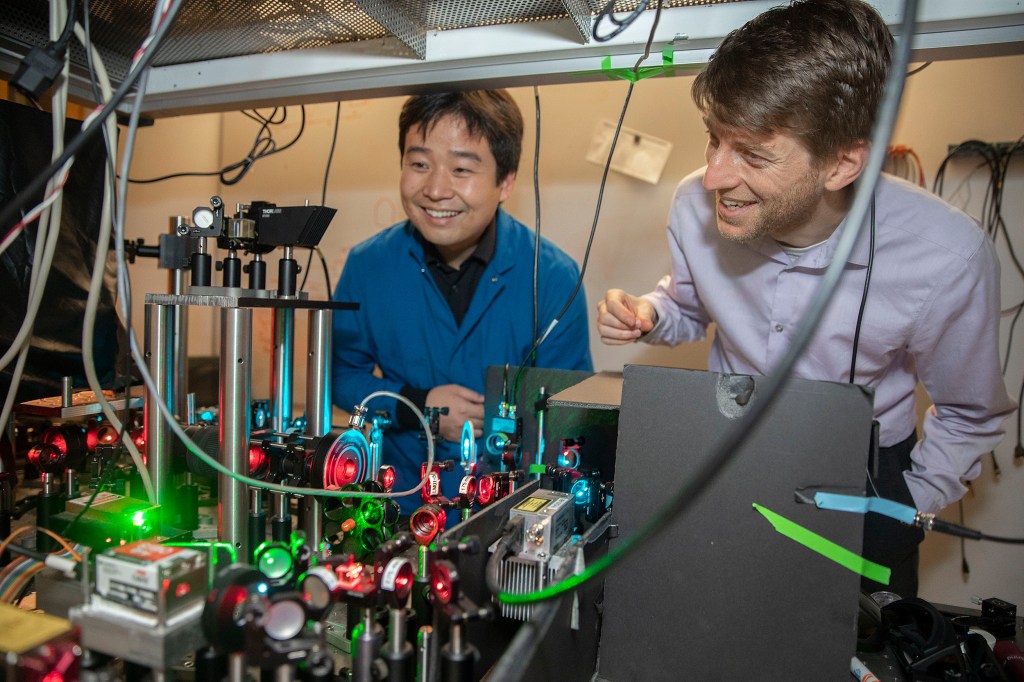
-
Correcting a lack of cooperation
While some social networks have been shown to intrinsically lead to cooperation, others been shown to not only lead to a breakdown in cooperation, but produce outright spite.

-
Changing temperatures boost U.S. corn yield — for now
Increased production of corn in the U.S. has been credited largely to advances in farming technology, but new research shows that changing temperatures play a significant role in crop yield.

